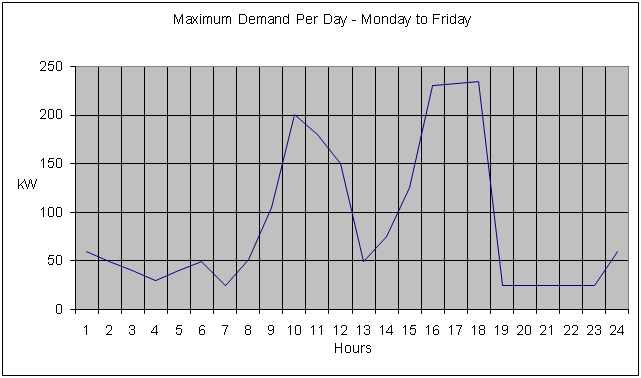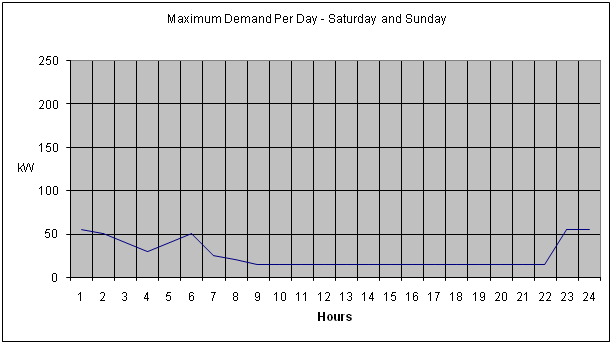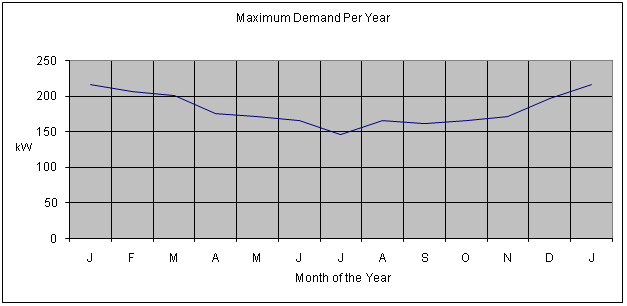Reference no: EM13207
Explain the construction of different types of power transformer
1. Explain, with the aid of diagrams, the following in relation to the construction of power transformers. Include the advantages and disadvantages in your description.
a) Core type
b) Shell type
c) Sandwich wound
d) Concentric wound
Identify the operating principles of a power transformer under no-load and load conditions
2. A 230/1000V 50 Hz, single phase transformer has the following test data:
Open circuit test (L.V.)
Primary voltage = 230V
Primary current = 1.30 A
Input power = 115W
Short circuit test (H.V.)
Primary voltage = 50 V
Secondary current = 5.55A
Input power = 165 W
a) Determine and sketch the equivalent circuit for the transformer
b) Determine the efficiency of the transformer at full load current at a power factor of unity and 0.8 lagging
c) Find the percentage regulation at a power factor of unity and 0.8 lagging
Discuss the modes of connection for polyphase transformers
3. Discuss with aid of electrical grouping and wiring connection diagrams the different types of connections for polyphase transformers listed below:
a) Dd 6
b) Dz 0
c) Yd 1
d) Yz 11
Discuss the factors governing tariff structures
4. Describe three different industrial tariff structures; include details of the type of business that would suit each tariff structure.
Analyse methods for reducing energy consumption
Determine the cost of energy used in a system
5. The energy consumption for a small factory is given at the end of the brief (see additional information.)
a) Three commercial tariffs from an energy supplier are shown below. Using these (or other commercially available tariffs), determine the most suitable tariff for the factory detailed. Your answer must be supported by mathematical analysis.
traiff A
Standing charge per quarter of £21.95 and every unit is charged at 19.93 ppu
Maximum demand is charged at £6.95 per KVA per annum
traiff B
All units are charged at 25.70 ppu
Maximum demand is charged at £5.95 per KVA per annum
traiff C
First 1500 units in a quarter is charged at 21.82 ppu
All additional units in the quarter charged at 18.49 ppu
Maximum demand is charged at £7.45 per KVA per annum
b) Suggest changes to the working practices of the factory detailed in order to reduce the energy consumption and the cost of the energy bill.
Addition information:
Factory Details:
The factory is fed and metered at 400/230V three-phase and neutral. It consists of a main factory area, a storage warehouse for incoming raw materials and final products awaiting delivery and a small office block.The main intake position is situated at one end of the factory and sub-main feeds are taken to the warehouse and office block.
The factory is on one level with large open doors at one end where goods and materials are moved to and from the warehouse. It is constructed of brick walls with a high single pitched roof and few windows.
The warehouse is a tall building of similar construction to the factory with two roller shutter doors, one for deliveries of raw materials and one for distribution of the finished product.
The office block is a brick building with a flat timber and felt roof. It has recently been refurbished. New double glazed windows were fitted and the electrical supplies and the lighting scheme were brought up to modern standards.
Electrical Loads:
1 x three-phase 45kW electrode boiler for heating a large volume of water to a temperature of 95oC for product washing; the water is then flushed down the sewerage system
1 x three-phase 22kW processing unit operating with an overall power factor of 0.71 lagging
7 x three-phase 9kW pump motors operating at 0.82 power factor lagging
12 x single-phase 2.25kW motors, various uses, operating at 0.78 power factor lagging
16 x single-phase 3kW wall mounted forced convector heaters operating at 0.92 power factor lagging
9kW of fluorescent discharge lighting operating at 0.76 power factor lagging using magnetic choke switch start circuits fitted with standard discharge tubes
Warehouse:
5kW of high bay high pressure mercury vapour lighting operating at 0.75 power factor lagging
7 x 3kW block storage heaters
Office:
8kW of single-phase power feeding computer equipment and vending machines
3 x 2.25kW storage heaters
2.5kW of high frequency electronic ballast fluorescent lighting operating at 0.97 power factor lagging
Energy Consumption Profile:
The three graphs shown indicate the load pattern for the whole factory complex. The load profile for Monday to Friday and Saturday and Sunday can be assumed to be reasonably constant throughout the year. Seasonal changes can be identified using the third graph as this shows the loading based on a weekly maximum demand.
Load Profile - Monday to Friday

Load Profile - Weekends

Load Profile - annual

It can be taken that the initial cost of static, loss-free capacitors, including that of the necessary control gear is £65.00 per kVAr. The annual interest and depreciation charges total 12% per annum.
The total number of units consumed during the 12 month period 2011 was 384,125.